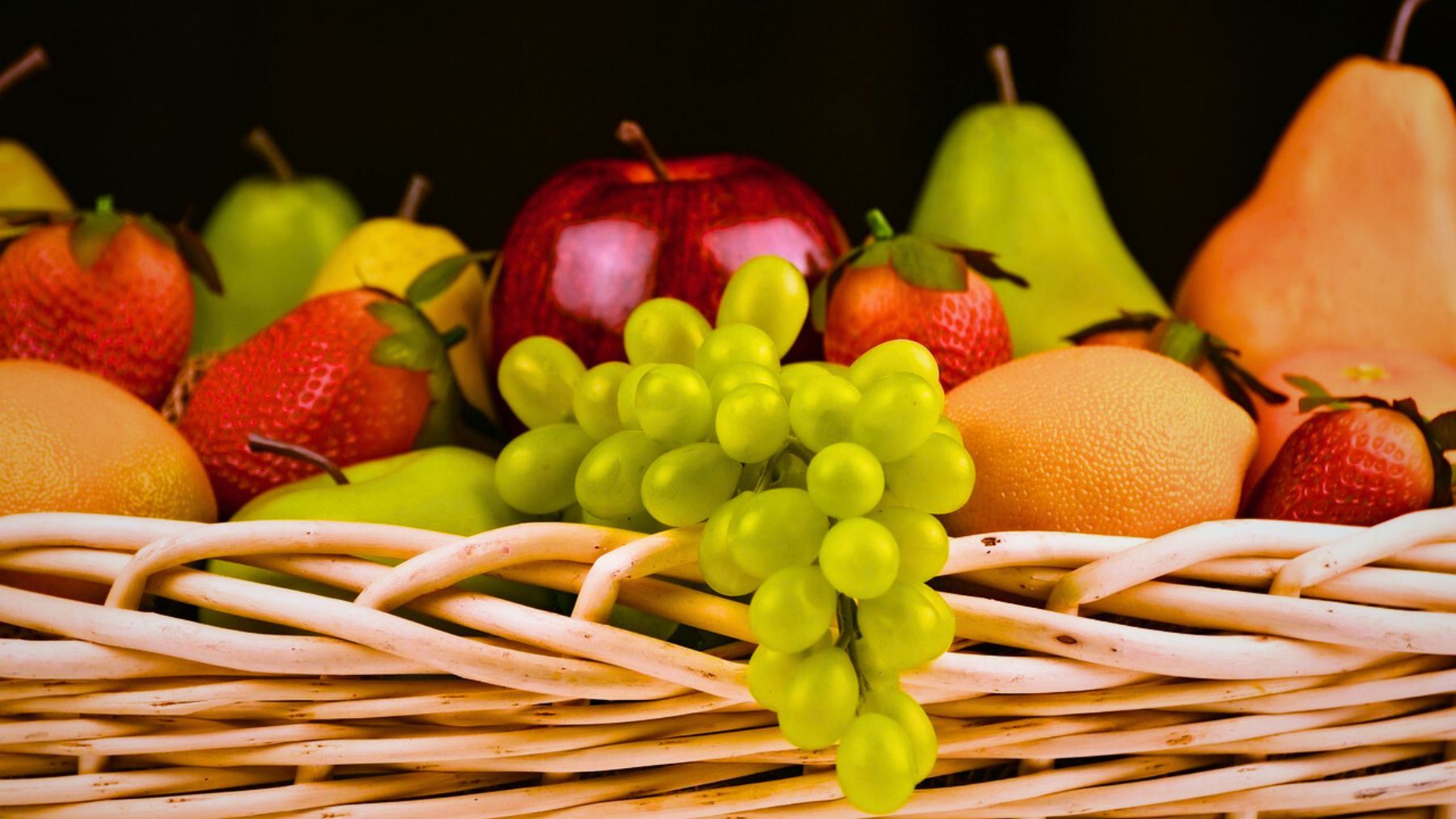Eating fruits and vegetables is key for a healthy diet, but new data show that some of the most popular options in the U.S. may come with an unwanted side: high pesticide contamination. According to recent findings, many of these everyday staples—especially non-organic ones—carry residues of chemicals used during and after harvest.
The Environmental Working Group (EWG) released its annual Shopper’s Guide to Pesticides in Produce™ 2025, ranking the most and least contaminated items sold across the country. Their analysis, based on tens of thousands of produce samples, highlights the fruits and vegetables that consumers should be most cautious about this year.
Which everyday fruit ranks among the most contaminated in 2025?
According to EWG’s Dirty Dozen™ list, apples are among the most pesticide-contaminated fruits in the U.S. for 2025. The report found that almost all conventionally grown apple samples contained detectable levels of multiple pesticides. Apples remain a lunchbox favorite, yet their frequent exposure to agricultural chemicals during cultivation and storage places them high on this year’s list.
EWG’s testing revealed that more than 95% of Dirty Dozen produce—including apples—showed pesticide residues even after washing and peeling. The new ranking system also factors in toxicity, not just the number or amount of chemicals detected, making this year’s assessment one of the most detailed to date.
The full Dirty Dozen™ list for 2025
These are the 12 fruits and vegetables with the highest pesticide contamination, according to EWG’s findings:
- Spinach.
- Strawberries.
- Kale, collard, and mustard greens.
- Grapes.
- Peaches.
- Cherries.
- Nectarines.
- Pears.
- Apples.
- Blackberries.
- Blueberries.
- Potatoes.
Additional high-risk items:
- Bell and hot peppers.
- Green beans.
A total of 203 pesticides were detected on Dirty Dozen produce, with samples of nearly every item showing multiple residues. Apples, for example, often contained a combination of fungicides and insecticides commonly applied to prevent rot and pests during storage.
How EWG developed the ranking
The EWG team analyzed 53,692 samples of 47 fruits and vegetables tested by the U.S. Department of Agriculture. Each sample was carefully washed or peeled before testing, yet traces of 265 pesticides were still detected across the board. The new methodology adds a toxicity factor—how harmful a pesticide can be based on animal studies—to complement earlier measurements of presence and concentration.
By including toxicity, EWG aims to provide a more accurate picture of real-world exposure. Their September 2025 study, published in the International Journal of Hygiene and Environmental Health, linked eating high-pesticide produce with elevated pesticide levels in people’s bodies.
Reducing exposure without giving up produce
Experts emphasize that consumers shouldn’t avoid fruits and vegetables altogether. Instead, EWG recommends choosing organic versions of Dirty Dozen items when possible. Even frozen organic options can help lower pesticide intake. For all produce—conventional or organic—washing before eating can reduce but not entirely eliminate residues and bacteria.
The group also highlights its Clean Fifteen™ list—produce with the lowest pesticide contamination—which includes bananas, avocados, pineapples, and cauliflower. These foods had few or no detectable residues and were considered low in overall pesticide toxicity.
A balanced diet—rich in fruits and vegetables but mindful of their source—continues to be the healthiest way forward.

